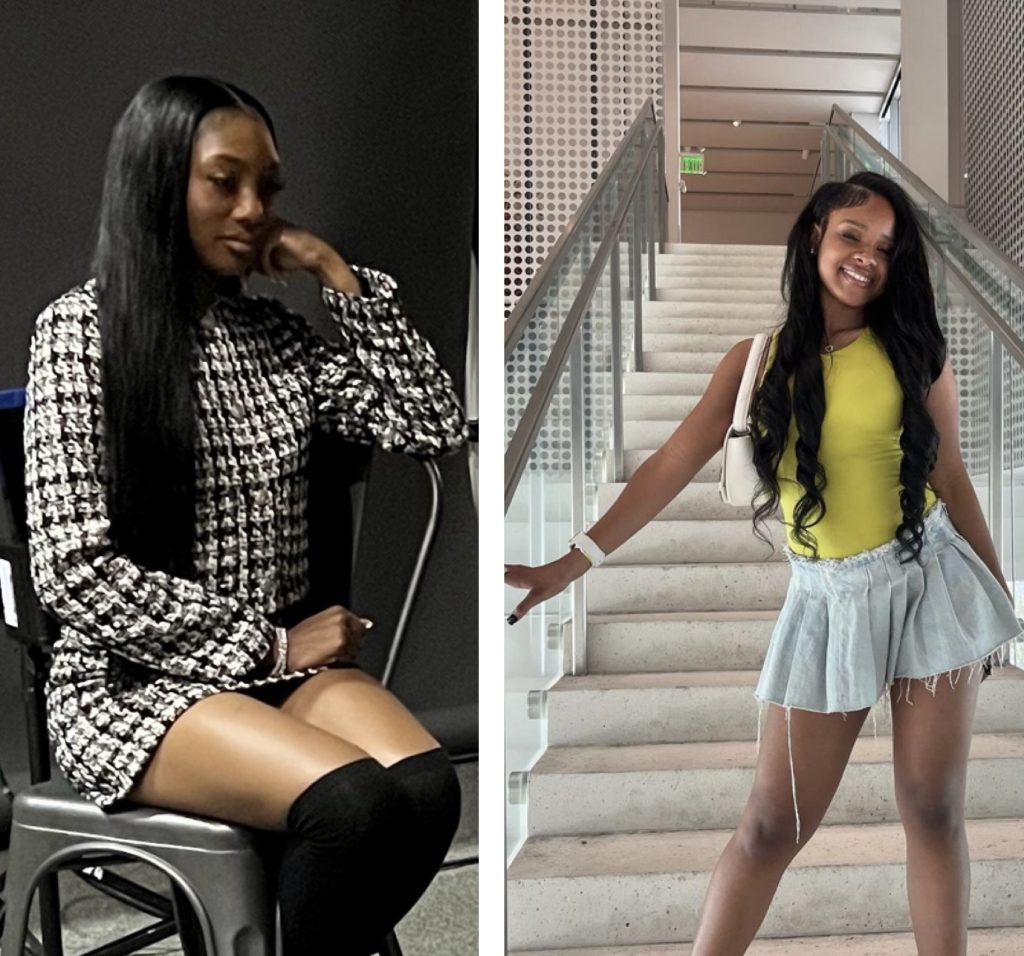What students of color experience at YS


By Cine’ Stevenson
My name is Cine’ Stevenson. I’m a Black student at York Suburban High School.
Overall my time at the high school has been good, but because of my race, I’ve had some experiences that have stuck with me.
In an English class my junior year, we had the vocab word “snigger,” which means to laugh. But since it sounds a lot like another word, a group of white boys decided to constantly use the word but with a very quiet “s” sound at the start. They were overly using the word in front of me and my Black friends, and when we would pass them, they would make sure that they said the word very loudly. They also kept asking my teacher about the word in class just so they could have a reason to say it.
I knew I wasn’t the only one who had these kinds of experiences, so I asked some of my friends of color what their experience at York Suburban has been like.
My friend Kelis is also Black. She shared a time when she was in her English class and her teacher was trying to explain the power of words. He decided to use the n-word as an example, but instead of saying “n-word,” he actually said the word. Kelis explained how shocked she was because it was unexpected.
“So I’m just looking at him, like, did I hear that right? But you know, I don’t want to live up to the angry Black girl standards. So I nicely picked up my stuff, walked out of his room, and I went to the office.”
Kelis decided to change her schedule because of this incident. The teacher wanted to have a discussion with Kelis afterwards, but she explains why she didn’t want to talk about it.
“Because you crossed the line. That’s disrespectful. And you’re too old for that, like you’re too old to not know right from wrong.”
But the teachers aren’t the only ones who have made students of color feel unwelcome. Sometimes, it’s been our peers.
Once in my math class, I had a boy in my grade pull my hair and ask me, “Is this real?” I remember feeling so offended and violated. I told him why this was a problem and he said, “I was only joking, jeez. You can’t take a joke?” Somehow in this situation the tables were turned and I was portrayed as the angry Black girl, just like Kelis had worried about. Being the stereotypical “angry Black girl” is something that women of color always have in the back of their mind when they want to speak out about something that isn’t right.
And I’m not the only one who has gotten comments or questions about my hair. Kelis mentioned that she has as well.
“I’ve experienced questions on like, my hair texture, how long my hair is. And I just feel like they wouldn’t ask that to a white person. Like ‘oh my God, is that your hair?’ Or ‘oh my god, you switched your hair up today?’ I just be like, ‘yeah’.”
People of color have been discriminated against for having dreadlocks and other hairstyles. The CROWN Act was created to protect people of color from discrimination based on their hair. The law has passed in 23 states, but it’s still pending in Pennsylvania. Why hasn’t the law been passed in Pennsylvania? This is not just a problem in York Suburban. It’s a nationwide issue that should be spoken about.
There are also ways students of color feel excluded that don’t have to do with microaggressions. Part of the problem is the lack of representation. Kelis talked about how there aren’t many teachers of color.
“It’s not a lot of diversity. Like a lot of teachers won’t really get to understand because they’re not in your shoes. The staff that are Black, they’re not teachers, like the nurse. I feel real comfortable with the nurse.”
We also don’t see ourselves represented in school events like Homecoming. Of the 9 girls who were on the Homecoming Court this year, none of them were Black. Yes, there was one biracial student, but there were no Black students. Not seeing someone who looks like you being voted for to be in a parade and getting the experience of Homecoming Court can hurt and demotivate young women of color.
“It makes people not want to run for it because they don’t see girls up there that look like them. Or they feel like they’re not going to win because of what they look like.”
In the past 10 years, our school has become more diverse. In 2014, 77% of the students were white. This year, that number is down to 67%. I’m a senior, but when I’m gone, I want to be sure that the faculty is aware of the problem and is trying to help their students of color feel more included.
They are beginning to make a change. This year, we have a new dress code. Students at the high school are allowed to wear things like hats, ripped jeans, and crop tops. Part of the reason for the change is that the administration realized the majority of dress code referrals were for students of color.
The new curriculum supervisor also met with students of color at the end of last year. She asked about our experiences so she could hear what’s going on in our classes. Although there is still work that needs to be done, it was good to know that someone in the school is actually trying to make a change and get the opinions of the students.
I’m Cine’ Stevenson, Trojan News.
